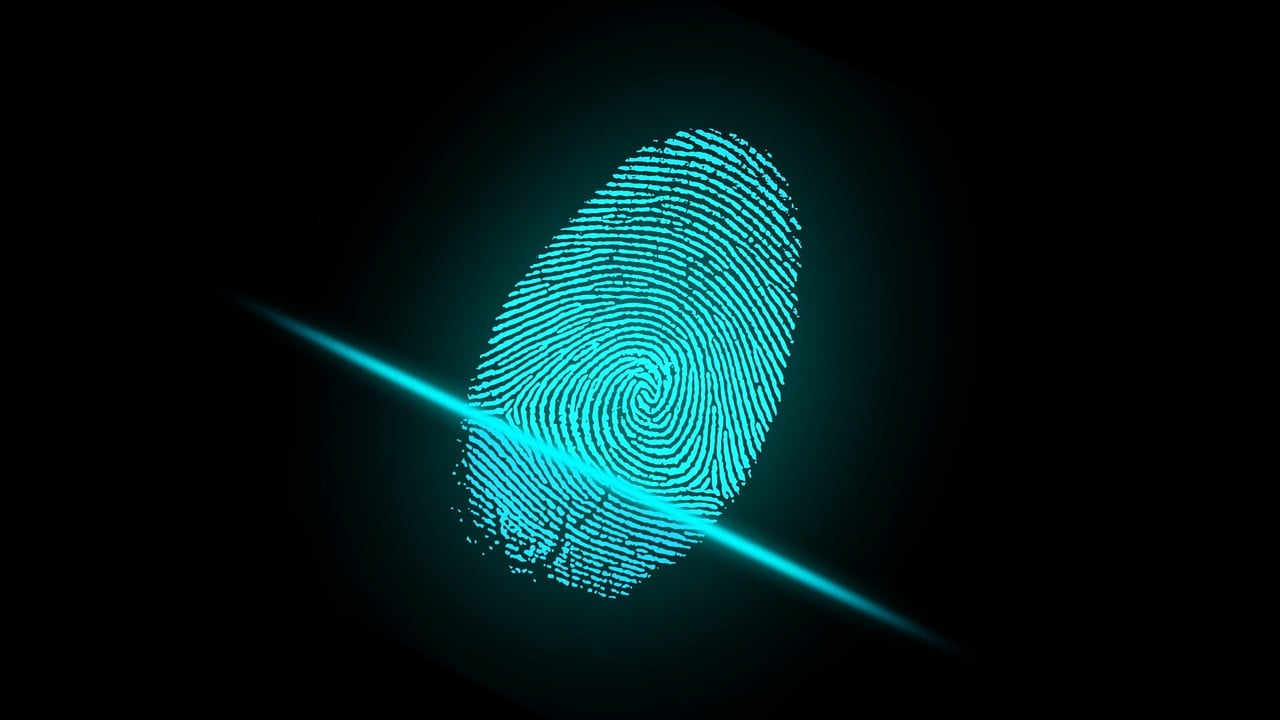Introduction
Time and attendance management is an essential function in any organization. It involves the monitoring of employee attendance, leaves, and time-offs. In India, the traditional method of managing time and attendance involved manual record-keeping, which was time-consuming and prone to errors. However, with the advent of biometric technology, time and attendance management have become more efficient and accurate. In this blog, we will discuss the role of biometric technology in time and attendance management in India.
What is biometric technology?
Biometric technology involves the use of unique physical characteristics such as fingerprints, facial recognition, or iris scans to identify individuals. The biometric data is stored in a database and used for authentication and identification purposes. Biometric technology has gained popularity in recent years, and it has become an essential tool in various applications, including time and attendance management.
The role of biometric technology in time and attendance management
Biometric technology has revolutionized time and attendance management in India. The traditional method of manual record-keeping is now obsolete, and biometric technology has become the go-to solution for organizations. The following are some of the advantages of using biometric technology in time and attendance management.
Accuracy:
Biometric technology ensures accurate time and attendance management. With the use of fingerprint or facial recognition technology, employees can quickly and accurately clock in and out of work. This eliminates the chances of fraud or buddy punching, ensuring that the organization pays for the exact hours worked by employees.
Efficiency:
Biometric technology is fast and efficient. Employees can quickly clock in and out, and the data is automatically uploaded to the system. This saves time and effort, and the HR department can focus on other essential tasks.
Security:
Biometric technology ensures the security of employee data. The use of unique physical characteristics ensures that only authorized personnel can access the data. This reduces the risk of data breaches and fraud.
Cost-effective:
Biometric technology is cost-effective in the long run. While the initial investment may be high, the system pays for itself in the long run by reducing labor costs and increasing productivity.
Compliance:
Biometric technology ensures compliance with labor laws and regulations. The system automatically calculates overtime, leaves, and other benefits, ensuring that the organization is in compliance with labor laws.
Conclusion:
In conclusion, biometric technology has revolutionized time and attendance management in India. The use of fingerprint or facial recognition technology has ensured accuracy, efficiency, security, and compliance with labor laws. Biometric technology has become an essential tool for modern organizations, and it is time for organizations in India to embrace this technology to improve productivity, reduce errors, and increase efficiency.

